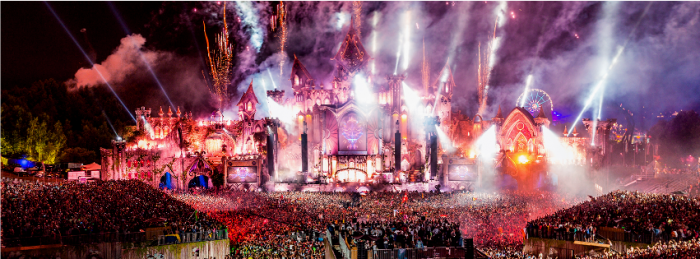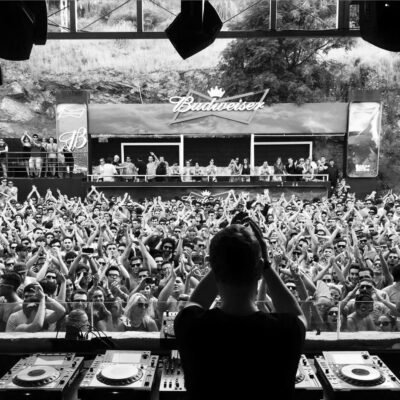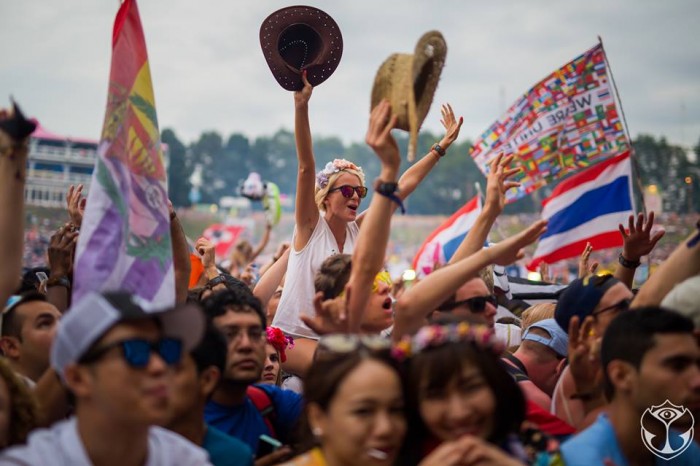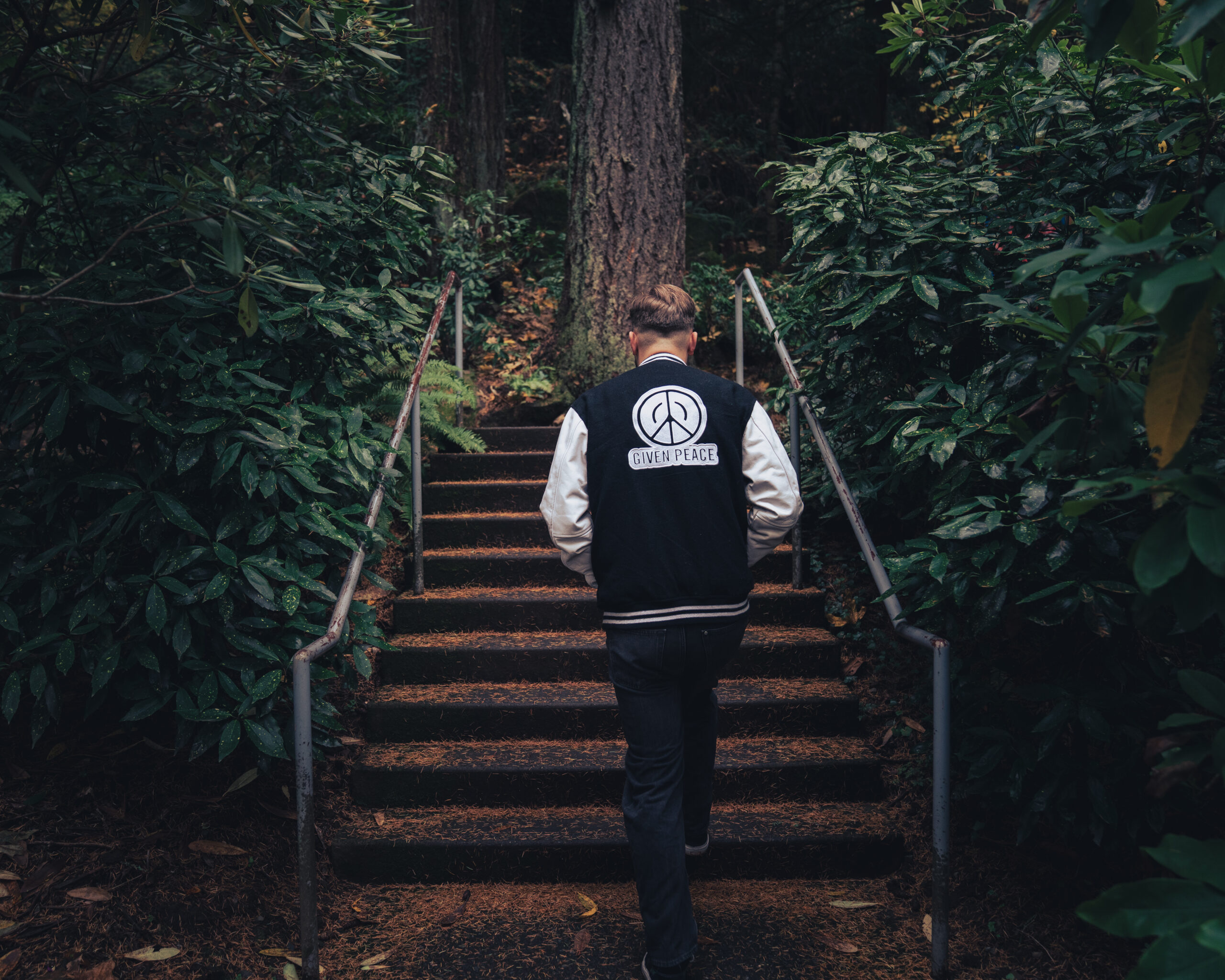
Is EDM a dirty word? Depending on what circles you run in, perhaps. While beginning as a simple acronym for “electronic dance music”, EDM has moved on to become more commonly associated with the glossy big room sound that has exploded across the global stratosphere over the past several years.
For some, EDM is a beloved genre term describing the music that individuals have come to know and love. For others, it defines the commercialization and bastardization of the underground sound. So, why is there such a disparity?
From a musician’s point of view, many of today’s EDM elite have been criticized for preprogramming sets, using ghost producers, etc. It’s true, some do, and it’s not surprising that that has spurred backlash from the dance music community.
With music as our religion, it’s easy to be offended by the few that don’t treat it as a sacrament.
In an interview with MTV News, John Digweed said:
“If you’re the biggest DJ in the world, you’re in a position where you can play stuff that people don’t know and blow people’s minds, but if you just chose to play stuff they know just to get a reaction, that’s just being lazy,” Digweed said, directing his comment toward main-stage artists. “There’s no challenge there.”
It’s a cerebral argument focusing on the true meaning and goals of creativity and art, and it makes complete sense. In order to step out of the box and push boundaries, you have to step out ahead of your audience and lead them to the next big thing.
That’s why true artists stand out; they’re visionaries.

Through pushing boundaries and ‘blowing people’s minds’, they’re influencing the path of music as it revolutionizes everyday culture.
The other side of the argument, however, is that the current EDM sound and culture has evolved to where it is today because that’s what people are familiar with, and it’s what they like.
Some fans seek music, other fans play a more passive approach.
For passive listeners, it’s typical to rely on radio and the music media for the ingestion of new music. Traditionally, radio follows pop formats in order to attract the most listeners.
Simply structured, catchy, and danceable tunes are the first ones to make the grade. They resonate with more people, making the radio station more money through a broader reach. A larger fan base translates into more money for artists, radio stations, media outlets, etc..
That’s where pop(ular) music fits in. It’s typically less jarring and more familiar than, say, Opiuo righteously dirty glitch bangers.
Pop music tends to be catchy, melodic, vocally driven, and danceable. Cue big room EDM.

This isn’t inherently evil, or even a bad thing. If the argument is ever-so-slightly spun, we daresay that it might be a good thing for the scene. For example, say that people first discover their love electronic music through the more commercially viable, pop-influenced sound.
It’s possible that these new listeners will only listen to the same music for the coming months and years, but is it probable? What if their tastes change, and they expand outward into different genres? What if they dig deeper into the steadfast roots of electronic music?
If we take this point of view, the mainstream adoption of EDM may just be the beginning rather than the end. It’s an uncertain future, but it isn’t a far stretch to believe that EDM could be the start of a movement toward the acceptance all forms of electronic music. Only time will tell, but the future looks bright.
It’s up to us to support music that we believe in – the rest will take care of itself.
Dive further into the discussion with this interesting EDM debate at the Beatport House at SXSW 2015.

